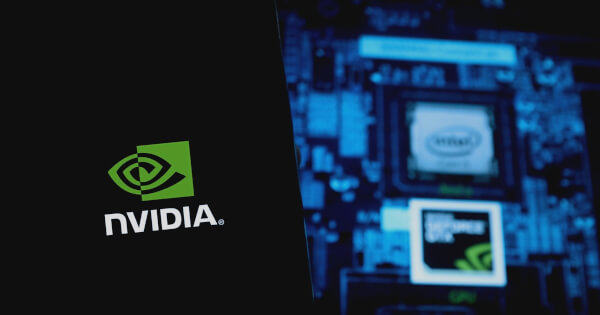NVIDIA TensorRT-LLM Boosts Hebrew LLM Performance
Felix Pinkston Aug 06, 2024 18:44
NVIDIA's TensorRT-LLM and Triton Inference Server optimize performance for Hebrew large language models, overcoming unique linguistic challenges.

Developing a high-performing Hebrew large language model (LLM) presents distinct challenges due to the complex nature of the Hebrew language. The intricate structure of Hebrew, combined with the lack of capitalization and frequent absence of punctuation, complicates sentence segmentation and accurate text processing.
Challenges in Hebrew Language Processing
Hebrew words are formed through root and pattern combinations, leading to multiple meanings for a single word based on context. Additionally, Hebrew syntax allows flexible word order, adding another layer of complexity. The absence of diacritical marks that convey vowel sounds further complicates text understanding.
To address these challenges, the DictaLM-2.0 suite of Hebrew-specific LLMs was trained on classical and modern Hebrew texts. This suite has led the Hugging Face Open Leaderboard for Hebrew LLMs.
Optimization with NVIDIA TensorRT-LLM
NVIDIA's TensorRT-LLM and Triton Inference Server offer solutions to optimize and accelerate the deployment of Hebrew LLMs at scale. TensorRT-LLM is an open-source library for compiling and optimizing LLMs for NVIDIA GPUs, while Triton Inference Server streamlines AI inference workloads for production-ready deployment.
Low-Resource Languages
Low-resource languages, such as Hebrew, lack large amounts of training data. This scarcity of high-quality digitized text data makes it difficult for LLMs to capture the nuances and cultural contexts of non-Western languages. As a result, LLMs trained primarily on English text corpora struggle with these languages.
Contemporary LLMs rely on statistically-driven tokenization methods, which are less effective for low-resource languages due to limited token sets. This results in poor compression efficiency and increased computational complexity for generating text in these languages.
Optimization Workflow
The optimization process for Hebrew LLMs involves several steps. Initially, the DictaLM 2.0 Instruct model, pre-trained on Mistral 7B, is cloned and set up with TensorRT-LLM. The Triton Inference Server container with TensorRT-LLM backend is then pulled and run to optimize the model.
Creating the FP16 TensorRT-LLM Engine
The Hugging Face checkpoint is converted to TensorRT-LLM format, followed by building the optimized engine. Post-training quantization (PTQ) to INT4 is performed using a representative dataset, enhancing memory efficiency while maintaining statistical similarity.
Deploying with Triton Inference Server
After building the optimized engine, the model is deployed with Triton Inference Server, which leverages the TensorRT-LLM C++ runtime for rapid inference execution. Customized tokenizers are set up to handle the unique token mapping of low-resource languages.
Performance Results
Performance experiments conducted on a single NVIDIA A100 GPU showed significant improvements in latency with TensorRT-LLM compared to a non-accelerated Python backend. The TensorRT-LLM provided effective scaling for multiple asynchronous requests, demonstrating its efficiency.
Conclusion
NVIDIA TensorRT-LLM and Triton Inference Server offer a robust toolkit for optimizing, deploying, and running LLMs efficiently. For more information, visit the NVIDIA Technical Blog.
Image source: Shutterstock.jpg)